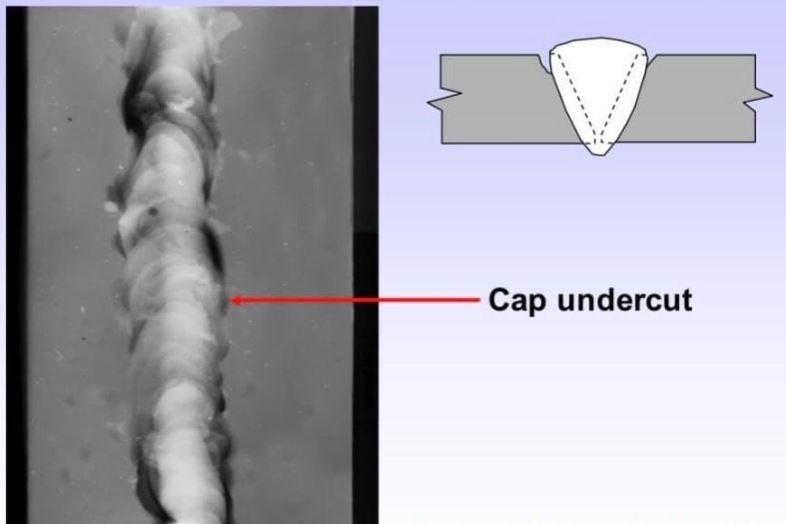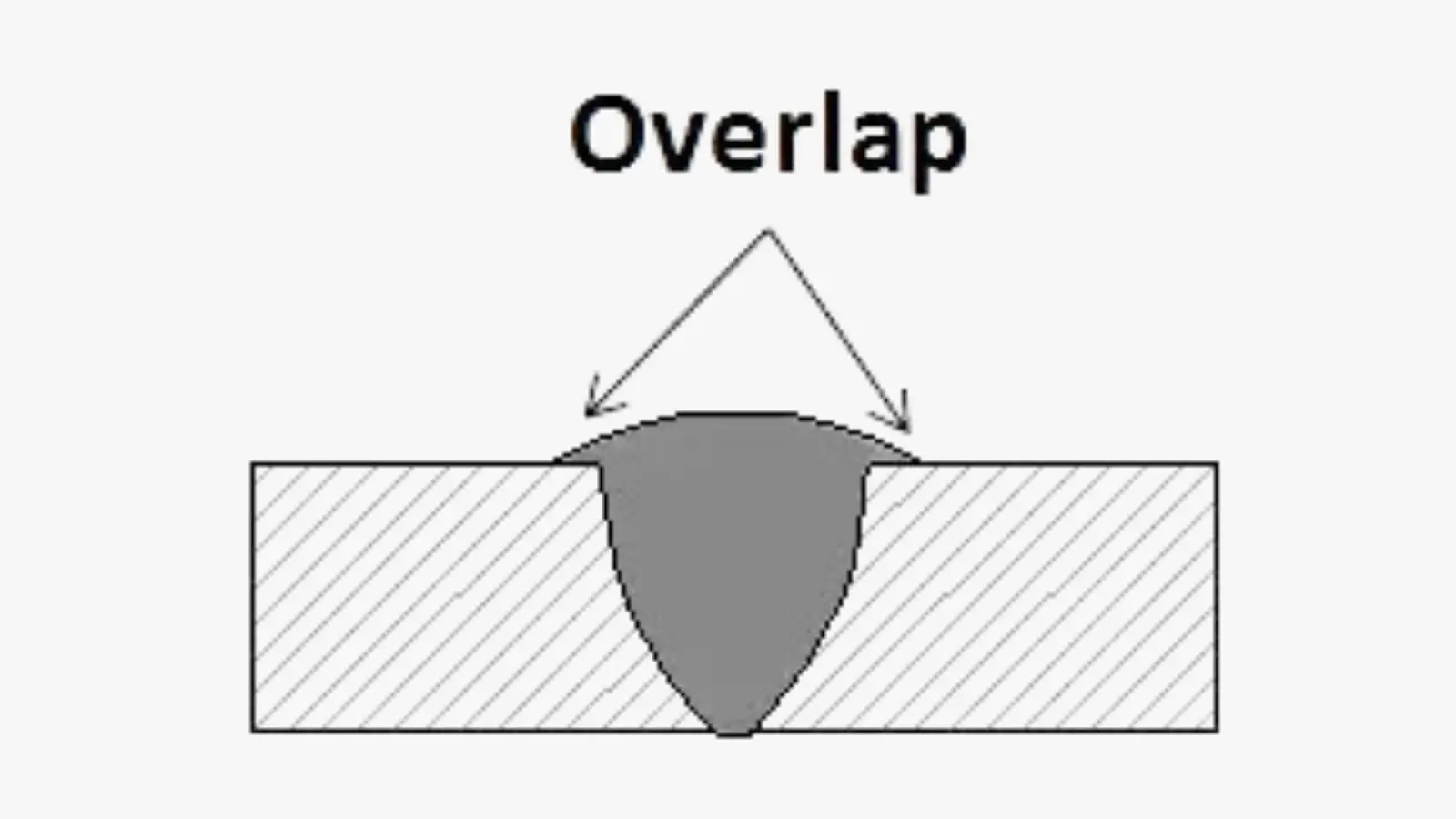Preventing Weld Undercut Demystified: Strategies for Success
Preventing Weld Undercut Demystified: Strategies for Success
Blog Article
Crucial Tips for Welders: Preventing Undercut Welding and Ensuring Stronger Weld Joints
In the realm of welding, accomplishing solid and sturdy weld joints is the cornerstone of producing high-grade work. One common challenge that welders typically run into is undercut welding, which can endanger the integrity of the weld joint. By recognizing the variables that add to undercutting and carrying out the right methods and preventative measures, welders can properly avoid this problem and make sure the durability and toughness of their welds. Allow's check out some crucial tips that can aid welders navigate this obstacle and elevate the high quality of their welding jobs.

Comprehending Undercut Welding
Undercut welding is an usual welding flaw that happens when the weld metal falls short to effectively fill the groove and causes a groove-like depression along the weld grain. This problem deteriorates the weld joint, making it susceptible to splitting and failing under tension. Damaging can be triggered by various aspects, consisting of excessive welding present, high welding rate, inappropriate electrode angle, incorrect electrode size, and poor welding method.
Among the major reasons for undercut welding is a discrepancy in between the welding existing and the welding rate. If the welding current is expensive or the welding rate is as well quick, the weld steel might not properly fill up the groove, bring about undercutting. Furthermore, utilizing an electrode that is also huge can cause a similar outcome, as the excess steel can not correctly stream right into the groove.
To protect against undercut welding, welders should ensure they are making use of the appropriate welding specifications, keep an ideal electrode angle, pick the ideal electrode dimension, and technique correct welding methods. By addressing these factors, welders can minimize the risk of damaging and develop more powerful, extra trustworthy weld joints.
Correct Welding Strategy
Reliable welding method plays a critical duty in making sure the high quality and integrity of weld joints. Proper welding strategy entails a mix of adherence, skill, and accuracy to finest methods. One basic aspect of appropriate welding method is preserving the right angle and range in between the welding weapon and the workpiece. Welders should also pay very close attention to the travel rate and warm input to avoid issues like undercutting, porosity, or incomplete fusion.
Additionally, a consistent and consistent hand motion is vital for creating strong and sturdy weld joints. Welders must go for smooth, consistent motions to guarantee also distribution of the weld product. Appropriate adjustment of the welding gun and filler material is likewise crucial to attaining ideal infiltration and blend.
In addition, regulating the warm input and picking the suitable welding parameters based upon the material being welded are critical consider achieving top quality welds - Preventing weld undercut. Welders ought to comply with the advised settings supplied by welding treatment specifications and change them as needed based on the specific requirements of the task. By grasping correct welding methods, welders can dramatically boost the toughness and integrity of their weld joints
Selecting the Right Electrode
When thinking about the importance of picking the appropriate electrode in welding applications,Maintaining the proper angle and range between the welding weapon and the workpiece is essential. The option of electrode plays an essential duty in figuring out the quality and stamina of the weld joint. Electrodes are available in various kinds, each made for certain functions and products.
Firstly, selecting the appropriate electrode size is important. Thinner electrodes appropriate for welding thin products, while thicker electrodes are much better for thicker products and higher warmth applications. Matching the electrode size to the thickness of the workpiece helps achieve a balanced weld.
Secondly, recognizing the product make-up of the electrode is crucial. Various electrodes are made for welding specific materials click for more like steel, stainless-steel, aluminum, or cast iron. Utilizing the right electrode product makes sure good blend and minimizes the danger of flaws in the weld.
Finally, thinking about the welding placement and strategy is vital when picking the electrode type. Particular electrodes are much better matched for above or upright welding placements, while others function well for level or horizontal placements. Picking the right electrode based on the welding strategy boosts the general weld quality and integrity.
Preparing the Base Metal
To ensure a successful welding process, what initial actions should be taken when preparing the base metal for welding? Additionally, any kind of existing weld product or deposit from previous welding need to be why not try this out removed to guarantee a clean surface area for the brand-new weld.

Conducting Post-Weld Evaluations

After carrying out these evaluations, welders need to compare the outcomes against market standards and job needs to make sure that the weld joint meets all essential requirements. Any inadequacies or variances found throughout the post-weld assessment needs to be without delay dealt with via suitable restorative actions to guarantee the weld's integrity. By diligently carrying out post-weld examinations and immediately addressing any concerns, welders can promote the high quality and integrity of their work, eventually adding to the safety and security and long life of the bonded frameworks.
Verdict

Finally, preventing undercut welding and making sure stronger weld joints require a mix of correct welding technique, picking the ideal electrode, preparing the base steel appropriately, and carrying out post-weld assessments. By recognizing the causes of undercut welding and carrying out the needed precautions, welders can generate top notch weld joints that satisfy sector requirements and make certain the structural integrity of the welded parts.
Undercut welding is a typical welding issue you can check here that occurs when the weld metal falls short to properly fill the groove and results in a groove-like anxiety along the weld grain (Preventing weld undercut). Undercutting can be caused by various factors, including excessive welding existing, high welding speed, improper electrode angle, wrong electrode size, and poor welding strategy
One of the primary factors for undercut welding is an imbalance in between the welding present and the welding rate. If the welding current is also high or the welding rate is as well fast, the weld steel might not effectively load the groove, leading to undercutting.Preserving the correct angle and distance in between the welding gun and the workpiece is essential when taking into consideration the relevance of picking the right electrode in welding applications.
Report this page